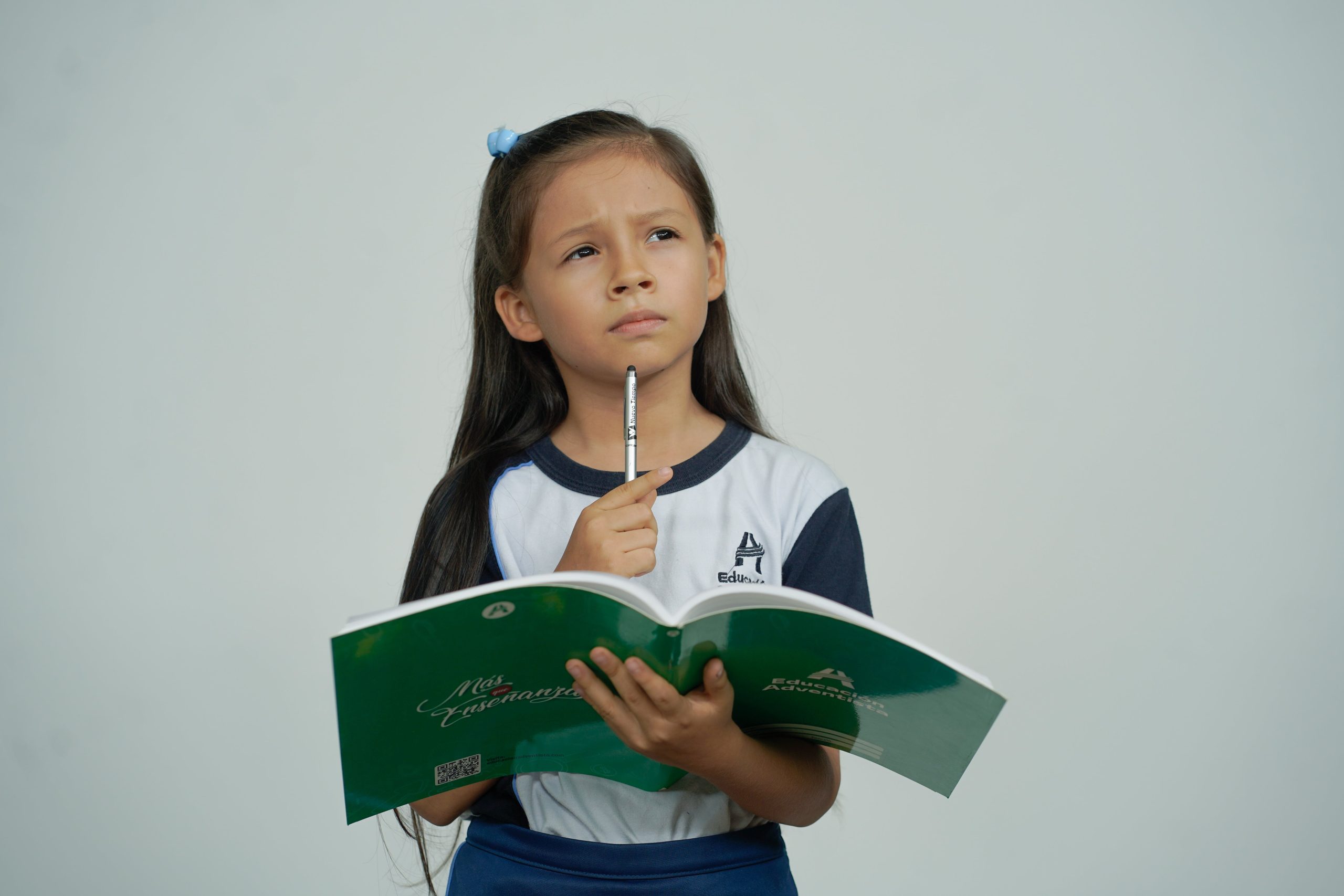
Understanding Tactile Preschool Learners: The Importance of Hands-On Learning
As preschoolers explore and learn about the world, they heavily rely on their senses to gather information and make sense of their experiences. For some, their sense of touch – or tactile sense – plays a crucial role in their learning and development. This article delves into what it means to be a tactile preschool learner, why hands-on learning is vital for their growth, and how to support their learning through tactile activities.
What are Tactile Preschool Learners?
Tactile preschool learners rely heavily on their sense of touch to learn and explore. They prefer hands-on activities that involve touching, feeling, and manipulating objects in their environment. Activities like building with blocks, playing with playdough, or exploring sensory bins filled with various textures are particularly enjoyable for them.
Touch is their primary way of processing information and making connections in their brains. Through touch, they explore the physical properties of objects, such as size, shape, weight, and texture, and begin to grasp concepts like cause-and-effect and spatial relationships.
Why is Hands-On Learning Important for Tactile Preschool Learners?
Hands-on learning is crucial for tactile preschool learners as it engages their sense of touch and facilitates learning through exploration and experimentation. When given opportunities to touch and manipulate objects, they are more likely to remember and understand what they learn.
Additionally, hands-on learning fosters creativity, imagination, and problem-solving skills. By manipulating objects and experimenting with materials, preschoolers develop fine motor skills, spatial awareness, critical thinking, and problem-solving abilities.
How to Support Tactile Preschool Learners through Tactile Activities
If you have a tactile preschool learner in your life, here are some ways to support their learning through tactile activities:
- Sensory Bins: Create bins filled with materials like rice, beans, sand, or water beads. Encourage exploration and manipulation.
- Playdough and Clay: Provide playdough or clay for shaping and molding, promoting creativity and fine motor skills.
- Texture Walks: Take them on walks to touch different surfaces and describe how they feel.
- Building with Blocks: Offer blocks of different shapes for imaginative building.
- Messy Play: Engage in activities like finger painting for sensory exploration.
Tactile Activities for Preschoolers
Here are additional tactile activities that can engage and benefit tactile learners:
- Sensory Bins: Create themed bins for exploring textures and materials.
- Playdough: Add textures to playdough for tactile exploration and creativity.
- Shaving Cream: Spread it out for tactile play and sensory experiences.
- Finger Painting: Encourage artistic expression and tactile engagement.
- Tactile Games: Play games involving touch and manipulation of objects.
Strategies for Teaching Tactile Preschoolers
Teachers and parents can use various strategies to engage tactile preschool learners:
- Hands-On Learning: Provide manipulatives for tangible learning experiences.
- Multi-Sensory Learning: Incorporate visuals and tactile materials for better understanding.
- Movement Breaks: Allow movement to enhance engagement and attention.
- Verbal Cues: Use descriptive language to enhance tactile experiences.
By embracing hands-on activities and creating inclusive learning environments, educators and caregivers can empower tactile learners to thrive and succeed.


